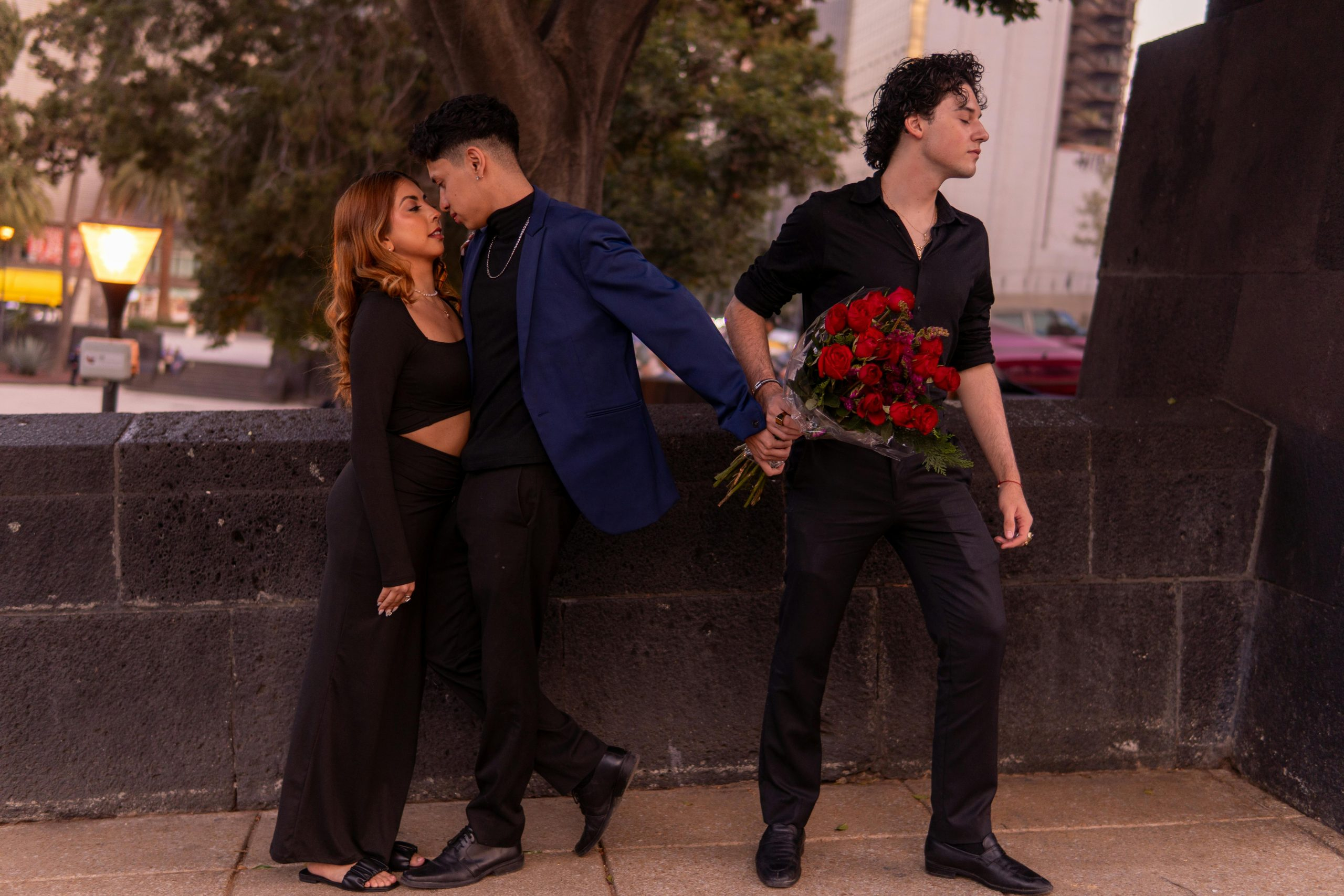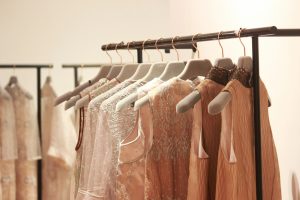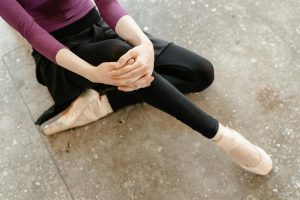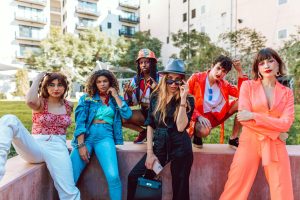Exploring the complex relationship between fashion and body image
The fashion industry has long been criticized for its narrow standards of beauty and its promotion of an unattainable ideal body type. From the unattainably thin models on the runway to heavily photoshopped images in advertisements, the fashion industry has been accused of perpetuating a damaging and unrealistic body image in society. However, the relationship between fashion and body image is a complex one, with many factors at play. In this article, we will explore the intricate relationship between fashion and body image, and how the industry is starting to shift towards a more inclusive and diverse representation of beauty.
The Evolution of Body Image in Fashion
The concept of beauty and the ideal body type has been constantly evolving throughout history. In the 16th century, plumpness and pale skin were seen as desirable, while in the 1920s, the “flapper” look with a boyish figure became popular. However, in the post-war era, thinness and curves became the new standard of beauty, with women aspiring to achieve the hourglass figure of iconic Hollywood stars like Marilyn Monroe.
In the 1960s, the emergence of the supermodel brought a significant change in the fashion industry’s beauty standards. These tall, slim and angular women became the new ideal, with designers creating clothing specifically to fit their thin frames. This trend continued in the 1980s and 1990s, with the rise of the “heroin chic” look, characterized by extremely thin models with androgynous features.
Today, the fashion industry is starting to challenge and diversify traditional beauty standards. With the rise of the body positivity movement, there has been a growing demand for more diverse representation in the fashion industry. This push for inclusivity has led to a shift towards showcasing a variety of body types, from plus-size models to models with different ethnicities, skin colors, and physical abilities.
The Impact of Fashion on Body Image
The relationship between fashion and body image is a complex one that works in a cyclical manner. On one hand, the fashion industry’s narrow standards of beauty can contribute to a negative body image in society, especially among young women. Exposure to images of thin, tall, and flawless models can create unrealistic expectations and lead to body dissatisfaction and low self-esteem.
On the other hand, fashion can also empower individuals to embrace their bodies and express their unique style. For many people, fashion is a form of self-expression, and choosing clothes that make them feel confident and comfortable can have a positive impact on their body image. Fashion can also be a tool for challenging traditional beauty standards and promoting diversity and inclusivity in society.
The Role of Social Media
The rise of social media has had a significant impact on the fashion industry and the way body image is perceived. With the rise of influencers and the use of social media influencers in campaigns, the beauty standards portrayed in fashion are becoming more relatable and attainable. Social media has also given a platform for voices that challenge traditional beauty standards, promoting body positivity, and diversity in the industry.
However, social media can also exacerbate negative body image issues. The constant comparison to seemingly perfect images can lead to feelings of inadequacy and self-doubt. Social media filters and photoshop manipulation also blur the line between reality and the ideal, making it even harder to maintain a positive body image.
The Future of Fashion and Body Image
The fashion industry is slowly starting to embrace diversity and inclusivity, acknowledging that beauty comes in all shapes, sizes, and colors. Brands like Savage X Fenty, Aerie, and Chromat are leading the way in showcasing different body types and promoting self-love and acceptance. Luxury brands like Gucci, Marc Jacobs, and Versace have also started to feature models with diverse body types in their campaigns, signaling a shift towards more inclusive beauty standards in high fashion.
However, there is still a long way to go in creating a truly inclusive and diverse fashion industry. Designers, brands, and media outlets need to continue challenging the norm and promoting body positivity. In addition, promoting body diversity and inclusivity in the fashion industry is not just about representation but also about ensuring there are diverse voices and perspectives behind the scenes.
In Conclusion
The complex relationship between fashion and body image is one that has been evolving throughout history. While the industry has undoubtedly perpetuated narrow beauty standards and contributed to negative body image, there is also the potential for it to challenge traditional norms and promote self-acceptance and inclusivity. The future of fashion and body image lies in creating a more diverse and inclusive industry that celebrates all bodies and encourages self-love and confidence.









